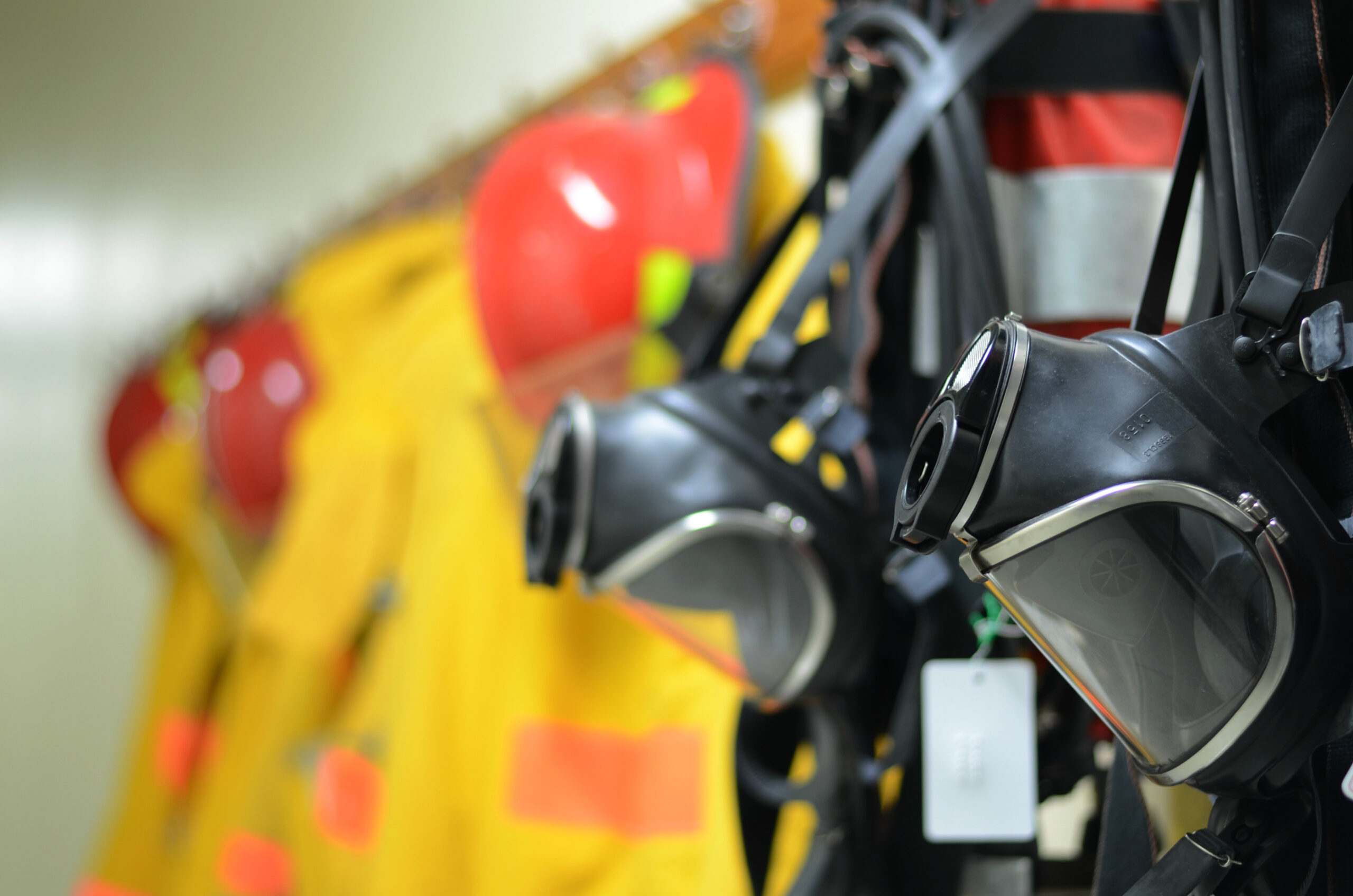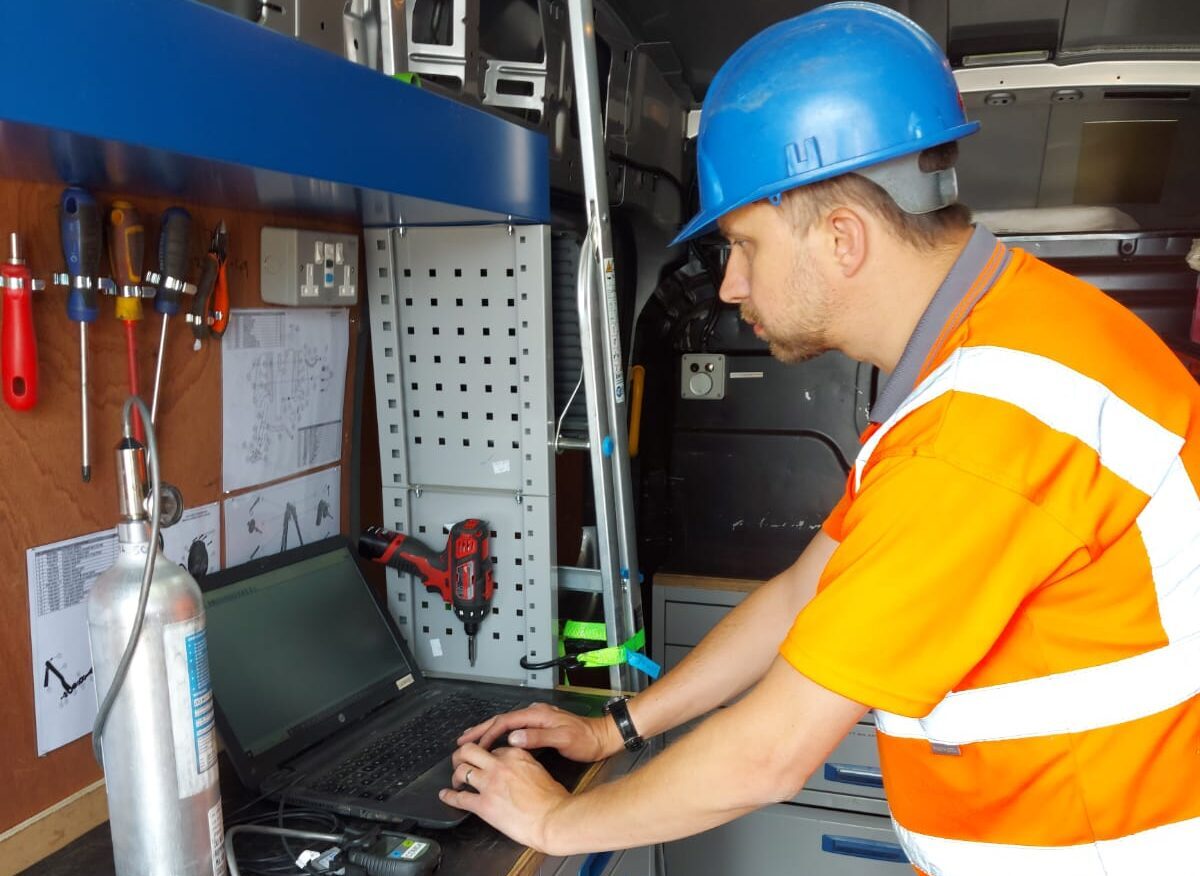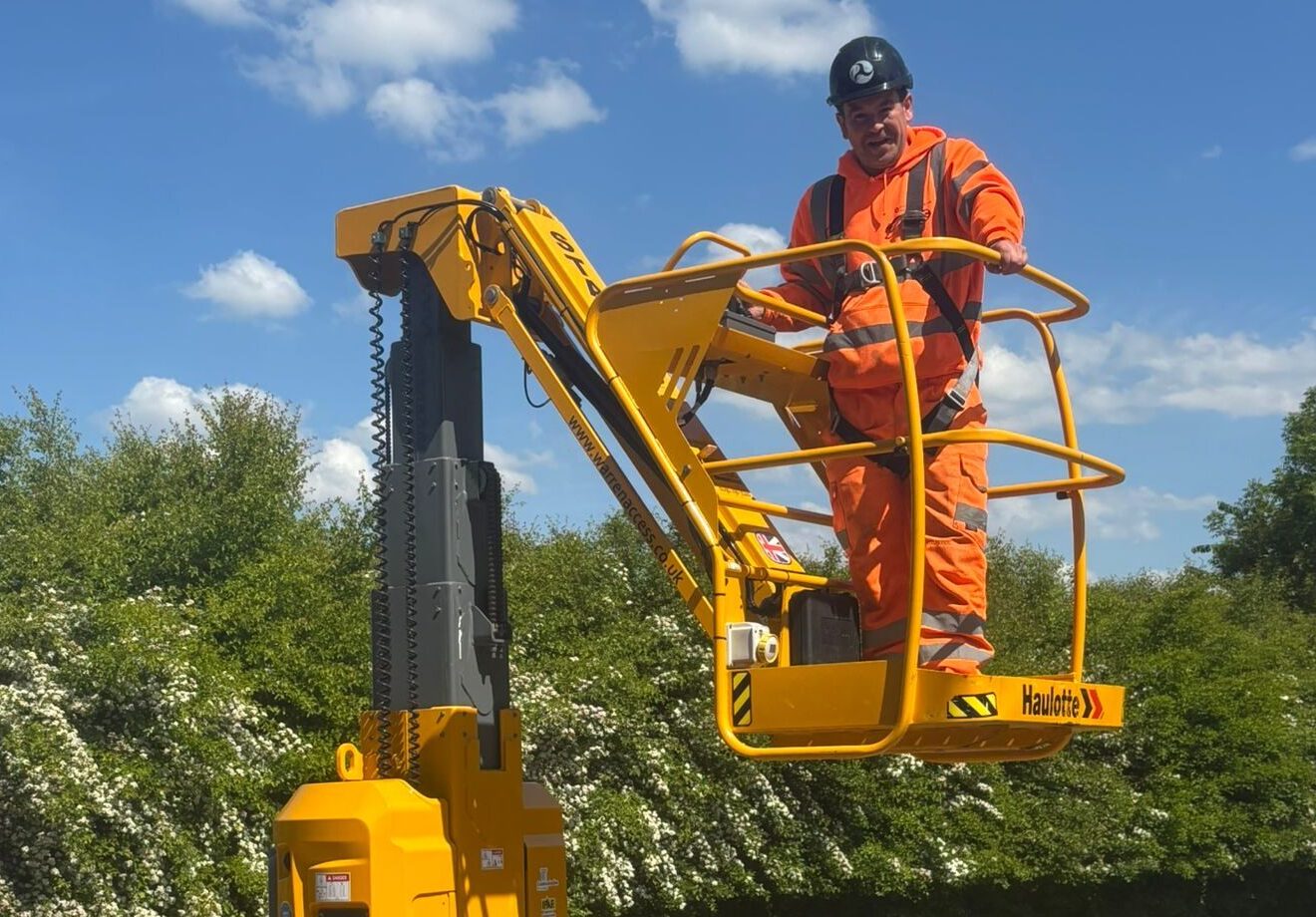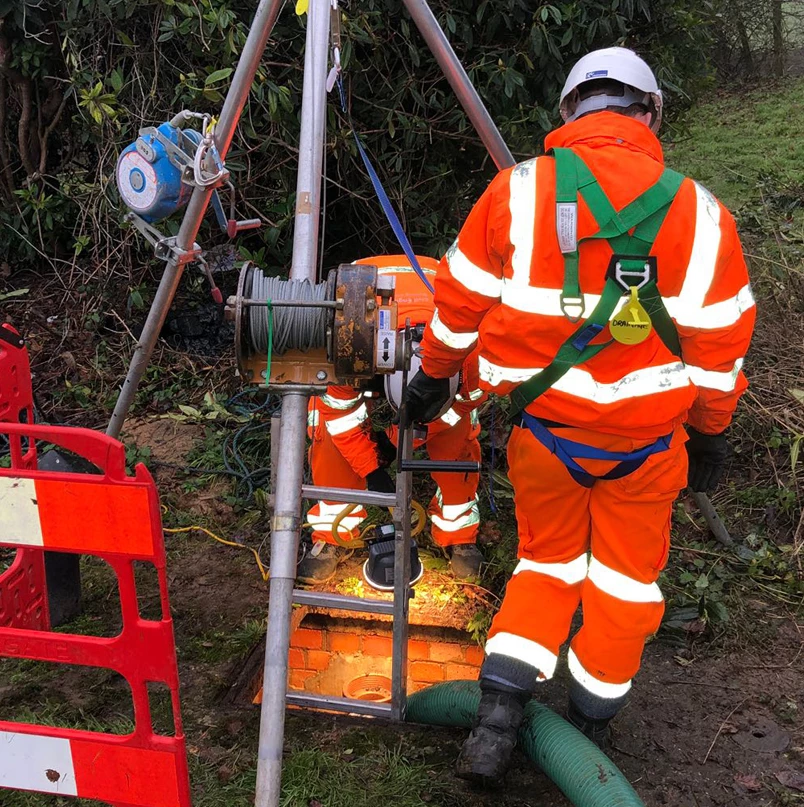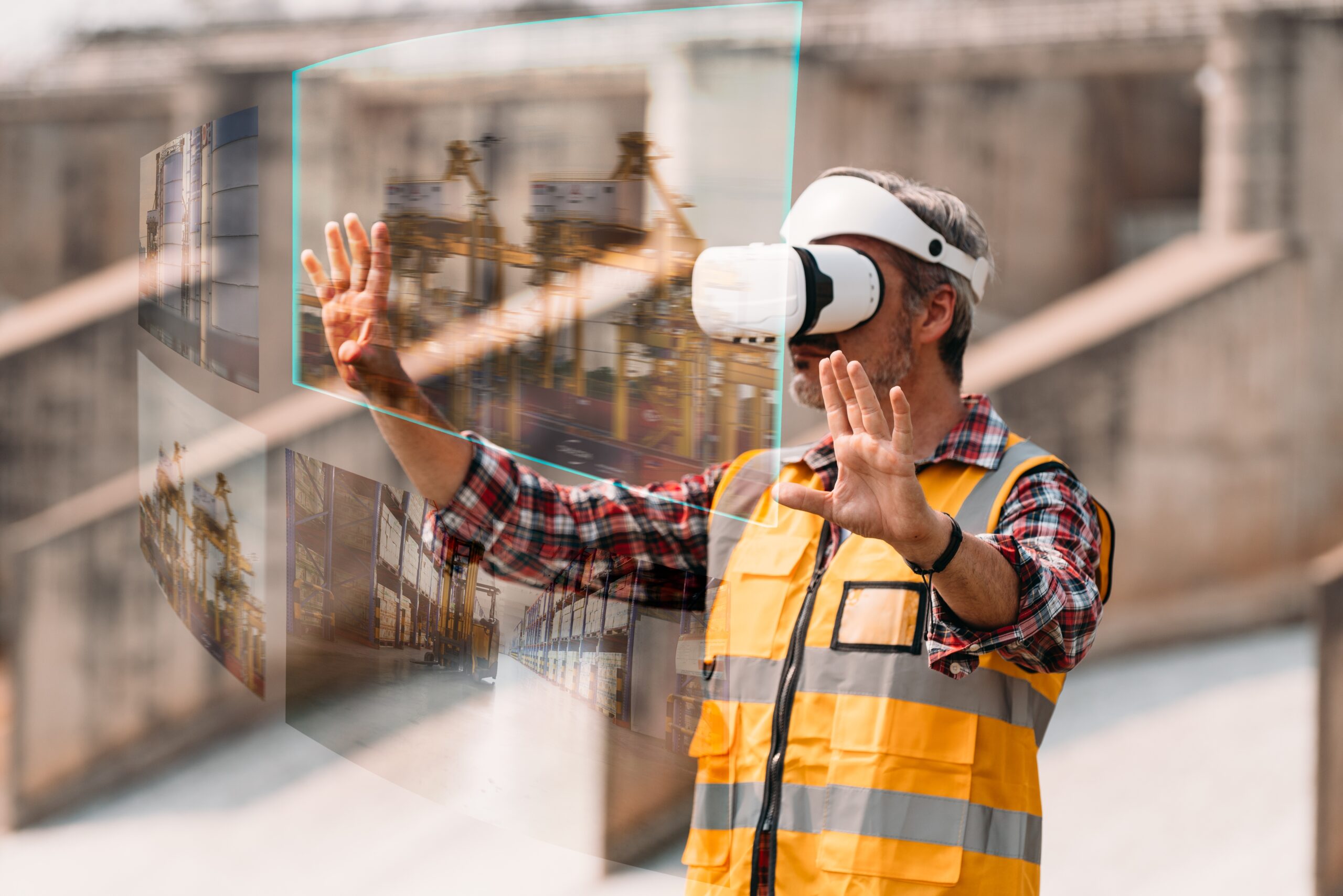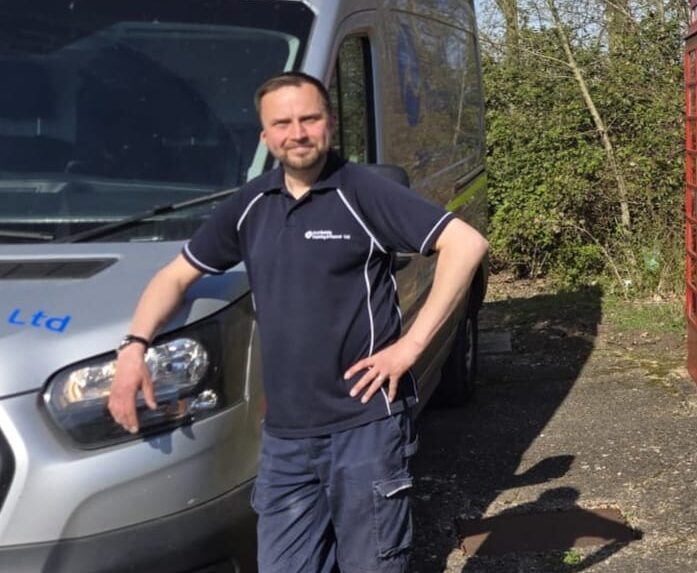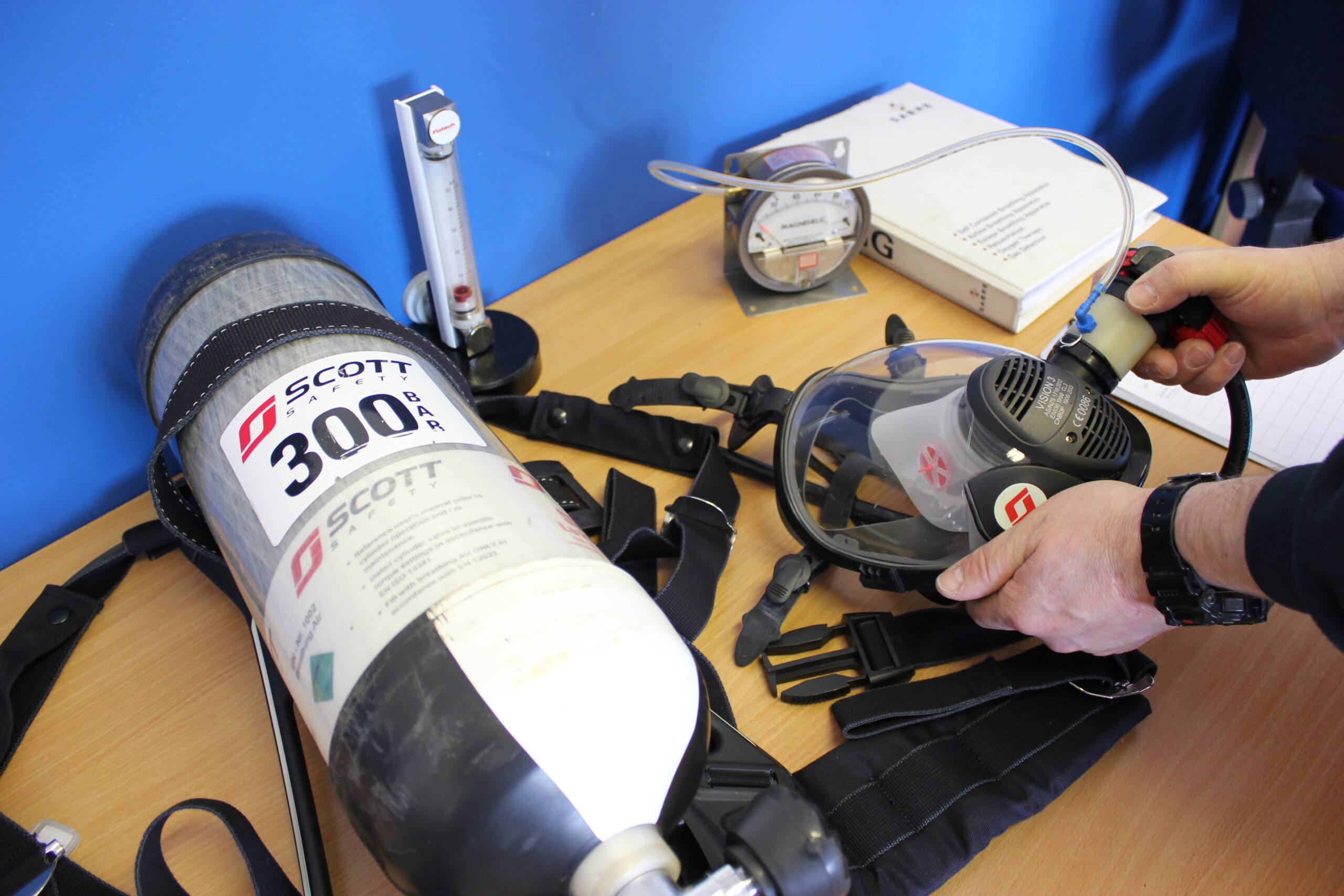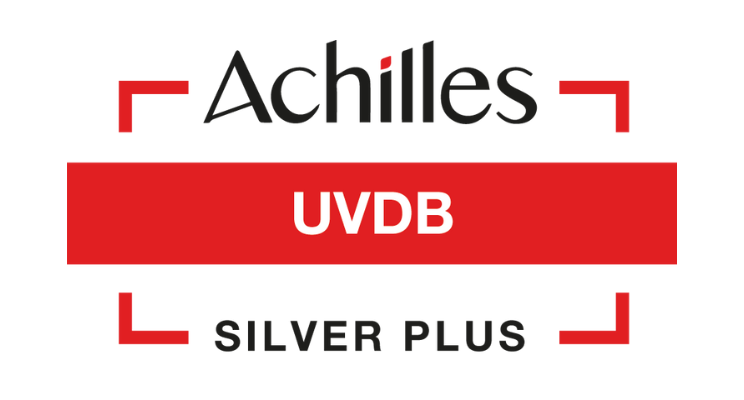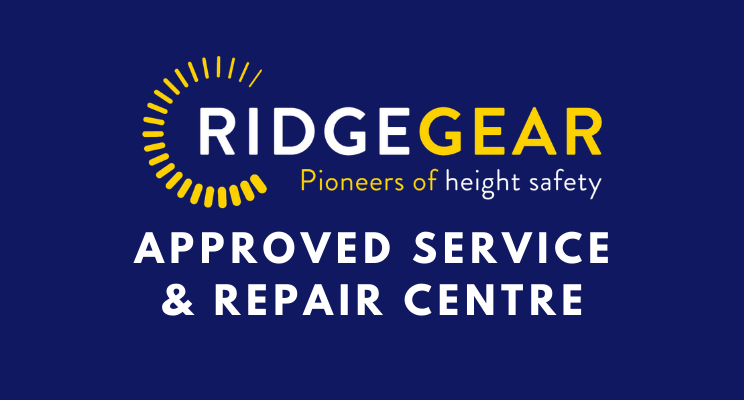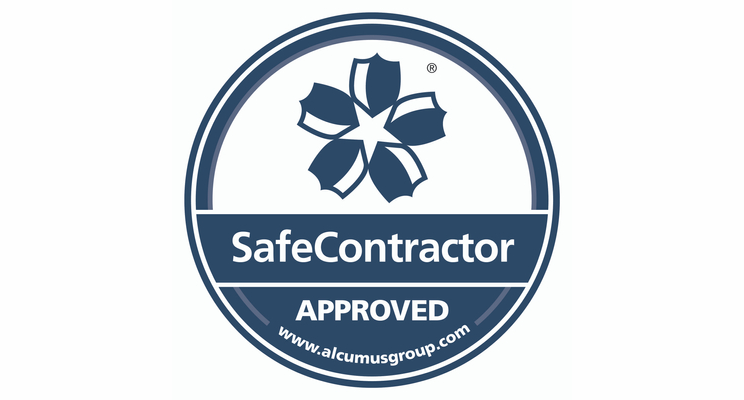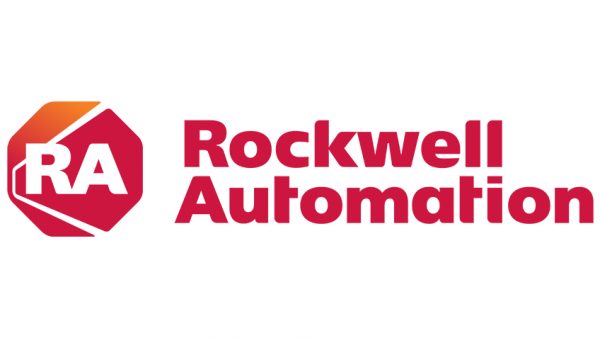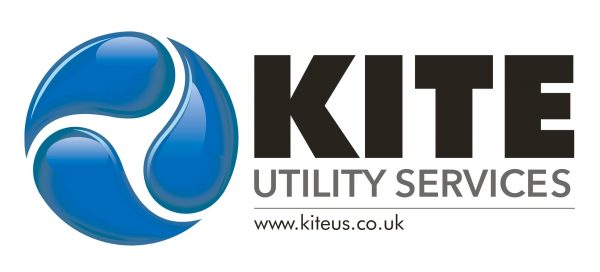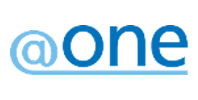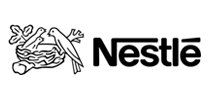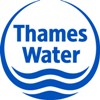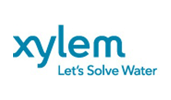Maximizing Workplace Safety with the Right Equipment and Training
The fundamental basis of a workplace health and safety system is ensuring a safe and healthy environment for all employees. Part of this is production of risk assessments to cover every operation and activity that takes place. These risk assessments will identify hazards and evaluate risks, who is exposed to them and will detail what control measures are currently in place. The outcome of a risk assessment is to establish whether these control measures are sufficient and what additional actions may be required to ensure an operation or activity is safe, as far as is reasonably practicable.
A systematic approach such as this is the best way to control and maximise workplace safety. The control measures and actions which come out of risk assessments will often be additional safety processes, and these can be combined with the existing processes we put in place to manage workplace safety, which essentially surround the management of equipment and training. In other words, what equipment does a person need to do their job safely and what training is required to ensure they have the skills and develop their knowledge to do their job safely. Here we have highlighted some of the key elements a business needs to look at to ensure workplace safety is adequately managed in terms of equipment and training.
Equipment
- Personal Protective Equipment (PPE) – Provide suitable PPE that is appropriate to the hazards highlighted in risk assessments, such as goggles, gloves, headwear, workwear etc. This PPE must be compatible. PPE must be properly maintained, including regular cleaning and inspections.
- Safety equipment – Ensure that suitable safety equipment is provided and made available. This includes fire safety equipment and first aid equipment, but also essential equipment for the specific operations in the workplace, for example harnesses, ropes, breathing apparatus and fall arrest equipment required for civil work. This equipment needs to comply with regulatory standards, be stored and used correctly and be routinely serviced and maintained.
- Work equipment – This is the standard work equipment, including machinery and tools, required to carry out operations safely. The business needs to ensure work equipment provided is safe, serviced and maintained.
Training
- Risk assessments – These help to identify the skills, knowledge and competences required to carry out an operation or activity safely and help to identify where deficiencies in this may exist.
- Hazard spotting – An employee needs to be able to identify where safety hazards exist in their own operations and activities.
- Procedures – The business needs to provide documented procedures and safe systems of work, which define how operations should be carried out to maximise safety.
- PPE – Employees need to be trained in how to use, and store PPE properly.
- Emergency planning – A fully documented emergency plan should be made public and available, and all employees should have a thorough understanding of it.
- Refresher training – All training should be regularly updated to maintain standards, prevent skills fade and to reflect current practices. Operations change, new legislation is published and new equipment is installed, and all training standards need to accommodate these changes.
Other considerations
While equipment and training are two considerations when assessing workplace safety, there is a requirement for related programmes which should also be enforced:
- Service and maintenance – Regular servicing of safety equipment and work equipment is essential to ensure all safety measures are 100% effective.
- Inspections – Operators should be advised that frequent inspection of equipment is essential to identify safety hazards that may occur in between routine servicing.
- Communications – Systems should be implemented to support employees in reporting problems with equipment, to inform employees of new developments with equipment, to illustrate the key safety features of a site layout (fire exits, fire assembly points etc) and to advise on where written procedures are available, such as for the use of equipment or for emergency plans.
- Continuous improvement – A business should ensure that a programme is implemented that routinely audits and reviews workplace safety including equipment and training. This will highlight where failings or deficiencies are present and what corrective actions should be executed to address these.
Professional support with workplace safety from Civil Safety
At Civil Safety we are able to support your workplace safety work in terms of equipment servicing and safety training. Our on-site and in-house servicing will ensure your safety equipment is functioning and fully effective, while our safety training ensures compliance and competence in a number of different disciplines. So if you have a need to improve your workplace safety with equipment servicing and training, contact our team at Civil Safety today.
